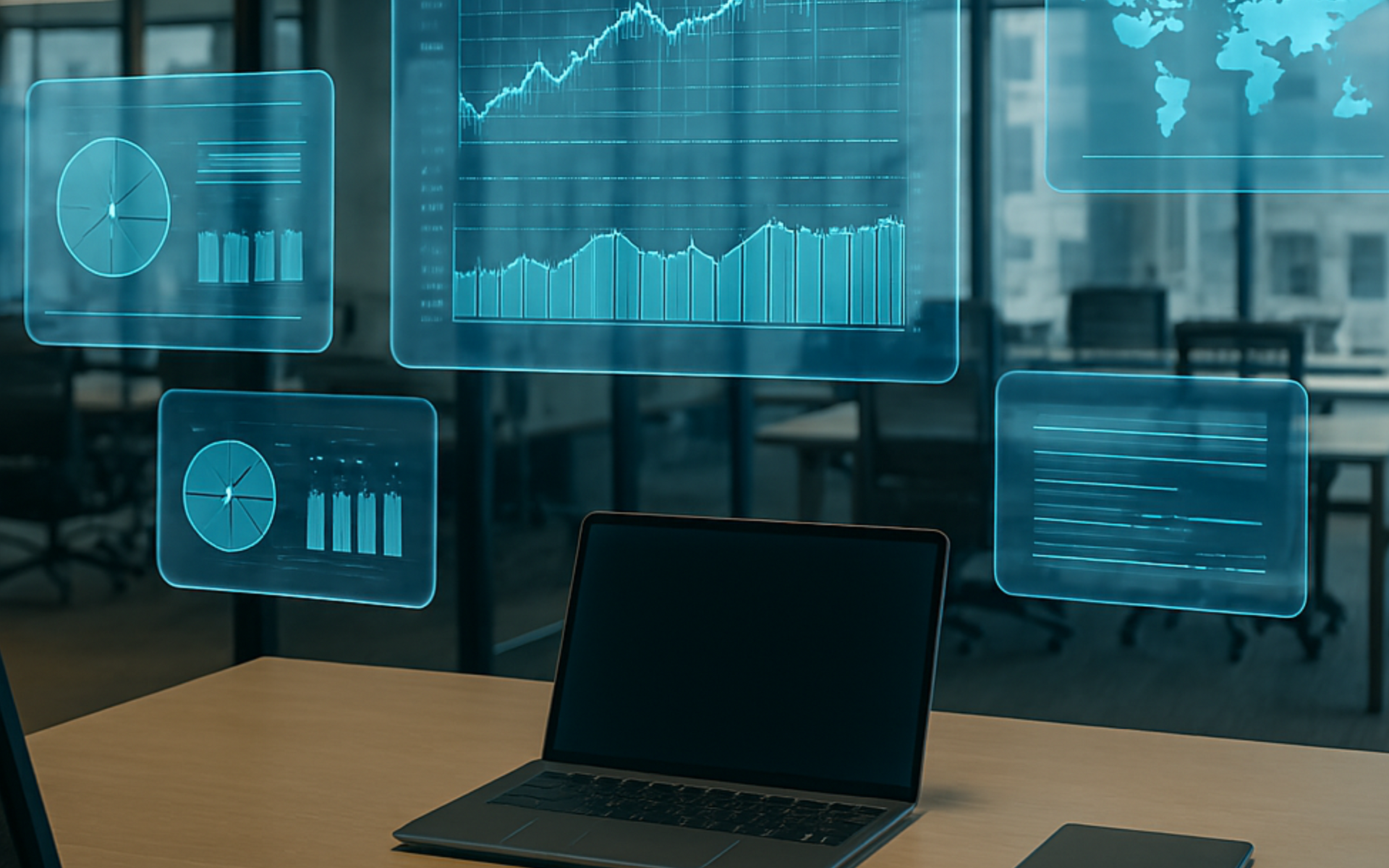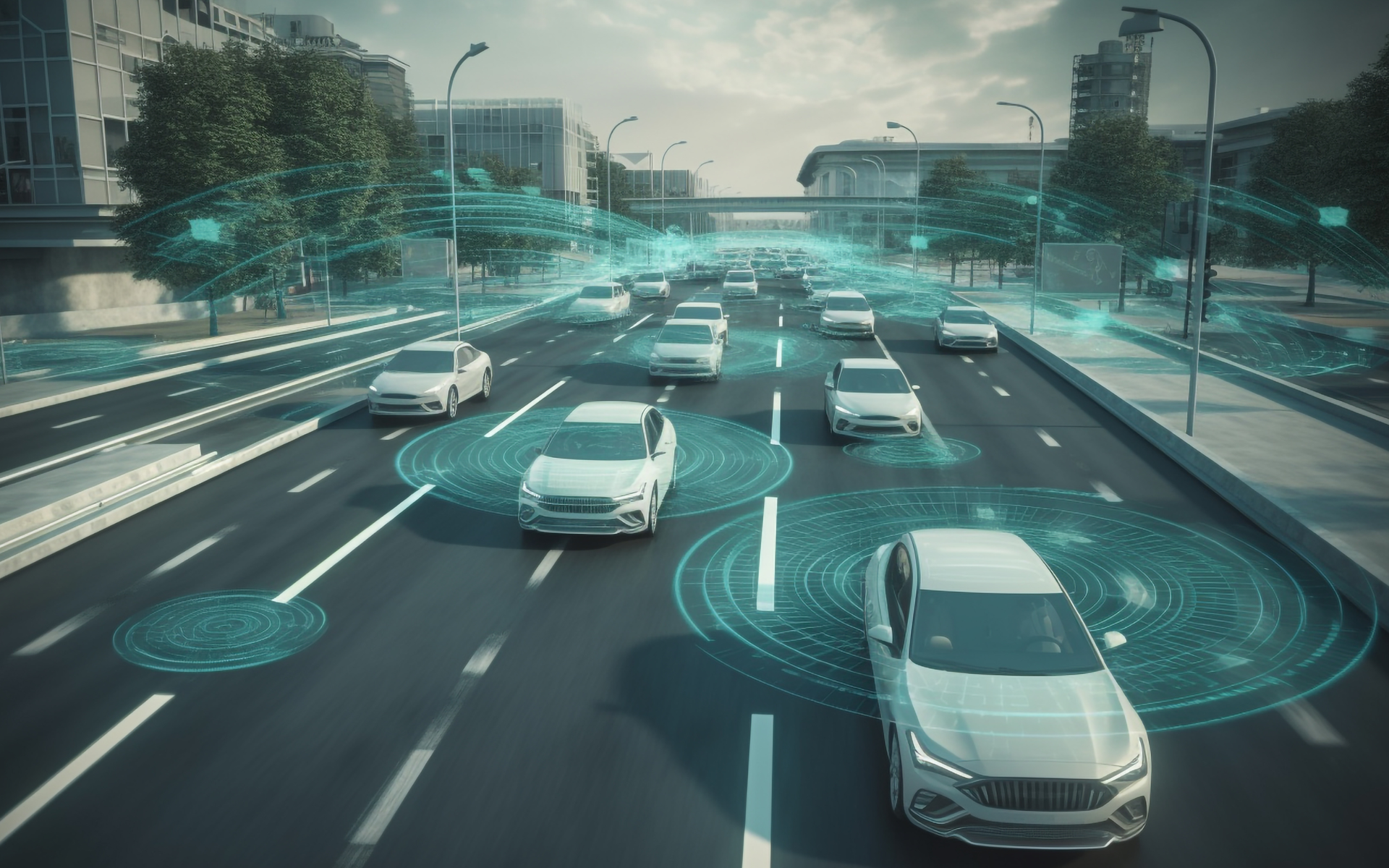Cybersecurity for Electronic Health Records: Challenges and Solutions
October 14, 2025

Introduction
Electronic Health Records, or EHRs, have transformed healthcare. They allow medical professionals to store, share and access patient data in seconds. This convenience has improved treatment accuracy, reduced paperwork, and increased collaboration across healthcare systems. Yet it has also created a new battlefield for cybercriminals. Healthcare data is now one of the most targeted assets worldwide.
Recent years have seen a sharp rise in cyberattacks on hospitals and clinics. Threat actors understand the high value of health data. A single patient record can sell for hundreds of pounds on illegal markets. These records contain names, dates of birth, addresses, medical histories, insurance details, and even payment information. Unlike financial data, health data does not expire. Once stolen, it can be misused indefinitely.
This blog is written for healthcare professionals, IT teams, security officers, and decision-makers responsible for data protection. The aim is to help you understand the risks, strengthen defences, and build confidence in safeguarding digital health systems.
EHR cybersecurity is about more than technology. It is about trust. Patients rely on healthcare providers to protect their most private information. A single data breach can damage that trust permanently.
Understanding Electronic Health Records and Why They Matter
An Electronic Health Record is a digital version of a patient’s paper chart. It contains detailed health information such as test results, medication lists, allergies, and treatment histories. It allows doctors, nurses, and specialists to access accurate and updated data during care.
In the past, health records were stored in filing cabinets. Access was slow, limited, and prone to physical damage. Today, hospitals use cloud-based systems to store millions of records securely and share them instantly. While this digital shift has improved efficiency, it has also introduced new vulnerabilities.
Cybercriminals target EHR systems for financial gain or disruption. Some steal records to sell on black markets. Others encrypt entire systems with ransomware to demand payment. The global cost of healthcare data breaches is now higher than any other sector, averaging over £8 million per incident (IBM Security, 2024).
This issue matters now more than ever. Healthcare organisations face pressure to comply with data protection laws such as the UK GDPR and the Data Protection Act 2018. Regulators expect strict security measures and fast incident responses. Failing to comply risks heavy fines and reputational loss.
EHR cybersecurity is not optional. It is a core part of patient safety and business continuity.
Common Threats and Challenges Facing Electronic Health Records
Healthcare networks are complex. They involve hospitals, clinics, laboratories, pharmacies, and third-party service providers. Each connection creates potential entry points for attackers.
One major challenge is ransomware. Criminals infiltrate systems, encrypt records, and demand payment to restore access. In 2023, the NHS faced multiple ransomware incidents that disrupted services and delayed care. Attackers exploit outdated software, weak passwords, and poor network segmentation.
Another growing risk is phishing. Staff receive fraudulent emails that mimic trusted contacts. These messages contain links or attachments that install malware once opened. A single click can compromise an entire hospital network.
Insider threats also pose a problem. Not all breaches come from external attackers. Employees or contractors with access to patient records sometimes misuse data intentionally or accidentally. Weak access controls make this easier.
Third-party risks are another factor. Healthcare providers often rely on external companies for billing, cloud hosting, or analytics. If these partners fail to maintain security, attackers can exploit them as backdoors into the main system.
Legacy systems remain widespread in healthcare. Many hospitals still use outdated operating systems or unpatched software. These old platforms often lack modern security features. Attackers take advantage of these weaknesses to enter undetected.
A real example occurred in 2017 with the WannaCry attack. The ransomware spread through outdated systems and crippled parts of the NHS. Appointments were cancelled, ambulances were redirected, and patient data became temporarily inaccessible. This showed how vulnerable healthcare networks are when updates are neglected.
Healthcare organisations also face data integrity issues. Manipulated or corrupted records can lead to misdiagnosis or incorrect treatment. Cyberattacks are not only about stealing data; they can alter it. Protecting accuracy is as important as protecting access.
The Human Factor in EHR Cybersecurity
Technology alone cannot stop cyber threats. People are often the weakest link. A distracted employee can click a malicious link, reuse a weak password, or share information without verifying the source.
Training is essential. Every staff member who handles patient data must understand basic cybersecurity hygiene. This includes recognising phishing attempts, using strong passwords, and reporting suspicious activity. Regular awareness sessions build a culture of security.
Leadership plays a vital role. Executives must set the tone from the top. Security should be seen as part of patient care, not as a technical burden. When staff see leadership prioritise cybersecurity, they follow suit.
Access control is another critical measure. Not every employee needs full access to all records. Role-based permissions reduce the risk of misuse. Staff should access only the information required for their duties.
The principle of least privilege helps contain potential damage. If an account is compromised, the attacker’s reach remains limited.
Technical Defences and Best Practices
Strong defences begin with a layered approach. This means combining multiple security controls to protect different parts of the system.
Encryption protects patient data in storage and during transmission. Even if attackers intercept information, they cannot read it without the encryption key. Hospitals should use end-to-end encryption for all data transfers between systems.
Multi-factor authentication (MFA) adds an extra layer of protection. It requires users to confirm their identity with something they know (password) and something they have (token or mobile prompt). MFA reduces the risk of unauthorised access, even if a password is stolen.
Regular system updates and patch management are critical. Attackers exploit known vulnerabilities in outdated software. Automated patching tools help ensure systems remain current.
Network segmentation limits the spread of attacks. Dividing networks into smaller zones means that even if one area is compromised, others remain safe.
Data backups are a final line of defence. Backups should be stored offline and tested regularly. If ransomware strikes, backups allow organisations to restore systems without paying a ransom.
Monitoring and detection systems such as Security Information and Event Management (SIEM) tools help identify suspicious activity early. Alerts should be configured to flag unusual logins, large data transfers, or repeated access failures.
Firewalls and intrusion prevention systems further strengthen defences. They filter traffic, block malicious requests, and stop unauthorised communication with external networks.
Cybergen recommends following recognised frameworks such as NIST Cybersecurity Framework and Cyber Essentials. These provide clear, structured guidance for improving security maturity. Adopting these standards demonstrates commitment to best practice and regulatory compliance.
Managing Third-Party and Cloud Security
Modern EHR systems often rely on cloud platforms. Cloud services offer scalability and remote access, but they also shift parts of security responsibility to external providers.
Healthcare organisations must ensure their cloud partners meet strict security standards. Contracts should define how data is stored, encrypted, and accessed. Providers should also offer transparency about incident response procedures.
Before adopting any third-party service, conduct a risk assessment. Understand where data resides, who can access it, and how it is protected.
Implement vendor audits and demand evidence of compliance with standards such as ISO 27001 or SOC 2.
Regularly review supplier security reports and request independent penetration tests where possible.
If a cloud or third-party provider suffers a breach, your organisation still bears responsibility for protecting patient data. Accountability cannot be outsourced.
Strong data governance ensures visibility and control. All external connections should pass through secure gateways and be monitored continuously.
Compliance and Regulatory Considerations
Healthcare providers must comply with UK GDPR, the Data Protection Act 2018, and NHS Digital security requirements. These regulations set expectations for data protection, breach reporting, and patient consent.
Non-compliance carries heavy consequences. The Information Commissioner’s Office (ICO) can impose fines reaching millions of pounds. More damaging, however, is the loss of trust from patients and partners.
Organisations should maintain detailed records of security policies, training logs, and incident response actions. This documentation demonstrates accountability and readiness in the event of an audit.
Privacy Impact Assessments (PIAs) are essential when introducing new systems. They help identify risks before implementation and ensure safeguards are in place.
Data minimisation is another key principle. Only collect and store information necessary for care delivery. Reducing unnecessary data limits exposure in case of a breach.
Transparency also builds trust. Patients should know how their data is used and who has access. Providing this information reinforces confidence in the healthcare provider.
Incident Response and Business Continuity
Even the best defences cannot guarantee zero risk. Preparedness makes the difference between swift recovery and prolonged disruption.
An effective incident response plan outlines clear roles, communication channels, and escalation paths. It ensures everyone knows what to do if a breach occurs.
Detection should trigger immediate isolation of affected systems. Containment prevents further spread.
After containment, the response team should analyse the breach, remove malicious code, and verify data integrity. Communication with regulators and affected individuals must follow legal timelines.
Business continuity planning ensures essential services continue during disruption. Backups, failover systems, and alternative communication channels reduce downtime.
Post-incident reviews are vital. They identify weaknesses, refine defences, and strengthen preparedness for future attacks.
Cybergen advises regular simulation exercises. Testing response capabilities under realistic conditions builds confidence and reveals gaps before an actual incident occurs.
Building a Cyber-Resilient Culture in Healthcare
Cybersecurity in healthcare requires a shared mindset. Everyone, from senior leaders to frontline staff, plays a role in protecting data.
Creating a cyber-resilient culture starts with awareness. Regular communication about risks keeps security top of mind. Rewarding secure behaviour encourages responsibility.
Policies should be simple, accessible, and enforced consistently. Complex rules often lead to confusion or non-compliance.
Collaboration across departments also improves resilience. IT, clinical, and administrative teams should share insights and coordinate responses.
Continuous improvement is key. Technology and threats evolve quickly. Regular audits, assessments, and updates ensure defences remain effective.
Cybergen supports organisations through tailored assessments, staff training, and long-term security partnerships. Proactive investment in cybersecurity delivers measurable benefits in trust, compliance, and operational stability.
Future of Cybersecurity in Electronic Health Records
Emerging technologies will shape the next phase of EHR security. Artificial Intelligence and Machine Learning already enhance threat detection by identifying unusual patterns faster than humans.
Zero Trust architecture is gaining adoption. It assumes no device or user is trustworthy by default. Every access request is verified continuously, reducing risk across networks.
Blockchain technology offers new ways to ensure data integrity. Each change to a record is logged immutably, providing a transparent history of access.
While these innovations bring new advantages, they also introduce fresh challenges. Organisations must evaluate their suitability carefully and align them with existing processes.
The goal is not to adopt every new tool but to build consistent, sustainable protection.
Healthcare will remain a prime target for attackers due to the value of its data. Continued vigilance and adaptation are essential to stay secure.
Summary
Cybersecurity for Electronic Health Records is a fundamental requirement of modern healthcare. Every patient trusts providers to protect their most private information. Every organisation has the duty to ensure that trust is never broken.
Threats continue to evolve, from ransomware to insider misuse. The risks are real and the consequences severe. Yet strong defences are achievable through awareness, preparation, and the right technology.
Invest in training, adopt best practice frameworks, secure your systems, and test your readiness regularly. Build resilience rather than rely on luck.
Cybergen’s experts believe secure healthcare is achievable through knowledge, vigilance, and collaboration. Protecting Electronic Health Records protects lives, reputations, and the future of healthcare.
For more support, contact Cybergen to strengthen your organisation’s cybersecurity posture and protect what matters most.
References
IBM Security (2024). Cost of a Data Breach Report 2024. IBM Corporation.
Information Commissioner’s Office (ICO) (2024). Guide to the UK General Data Protection Regulation (UK GDPR). ICO.
National Institute of Standards and Technology (NIST) (2023). Cybersecurity Framework. U.S. Department of Commerce.
NHS Digital (2023). Data Security and Protection Toolkit. NHS England.
Cybergen Security (2025). Expert Insights on Healthcare Cybersecurity. Cybergen.
Ready to strengthen your security posture? Contact us today for more information on protecting your business.
Let's get protecting your business
Thank you for contacting us.
We will get back to you as soon as possible.
By submitting this form, you acknowledge that the information you provide will be processed in accordance with our Privacy Policy.
Please try again later.
Cybergen News
Sign up to get industry insights, trends, and more in your inbox.
Contact Us
Thank you for subscribing. It's great to have you in our community.
Please try again later.
SHARE THIS
Latest Posts









